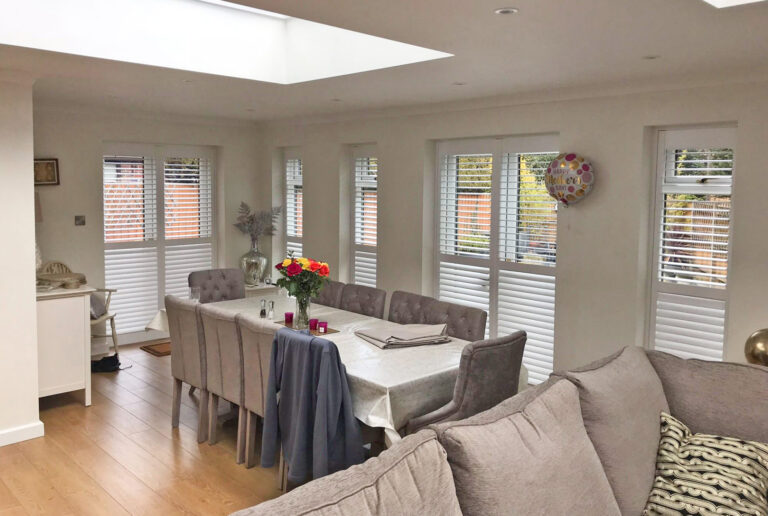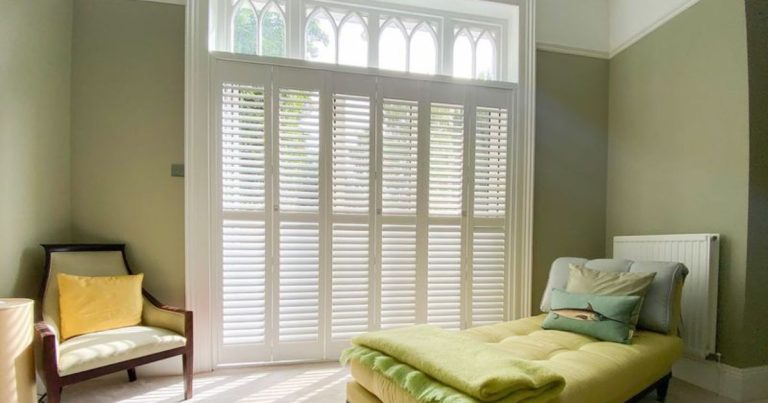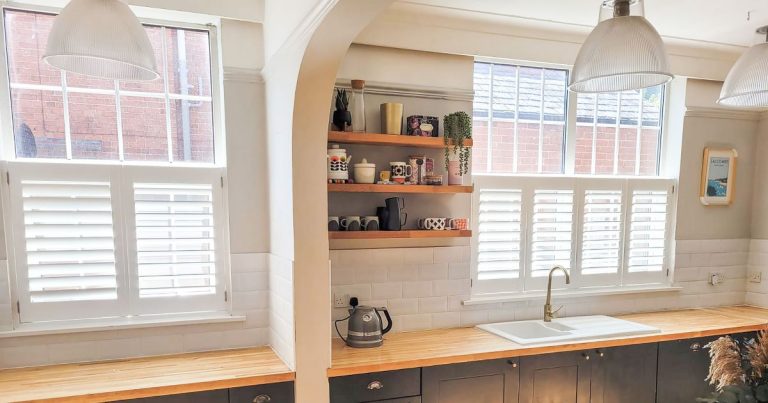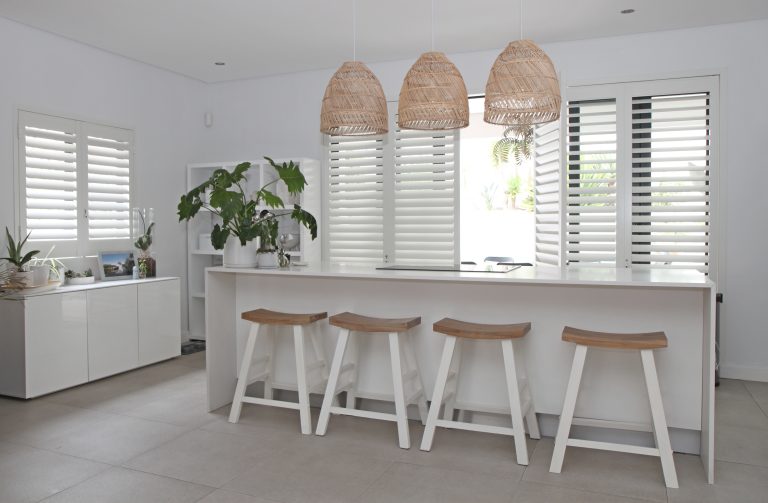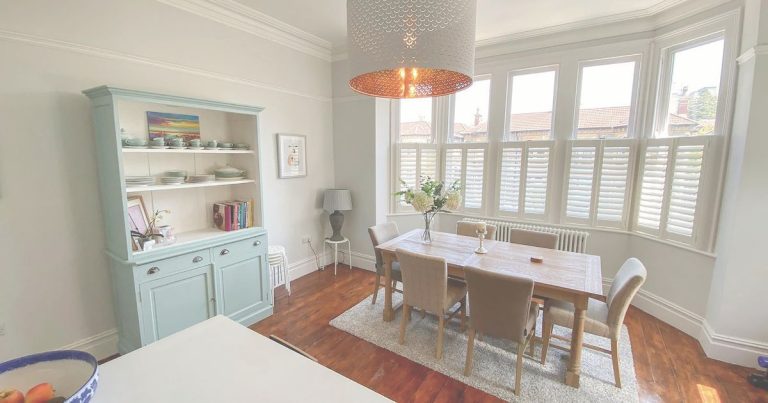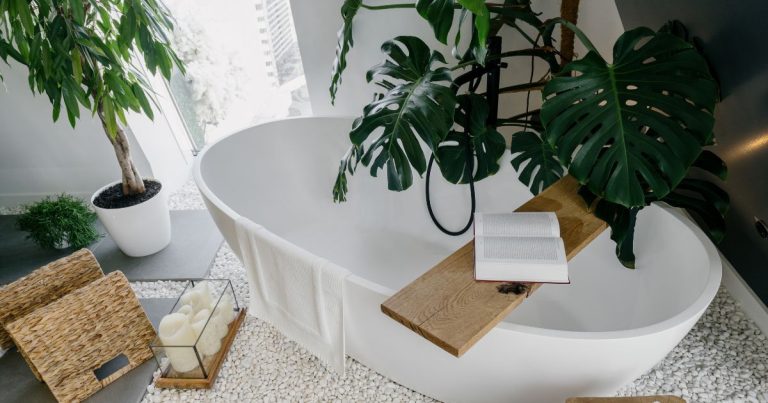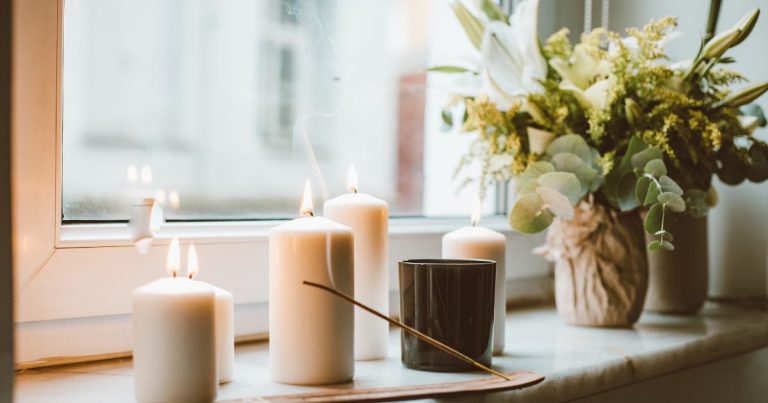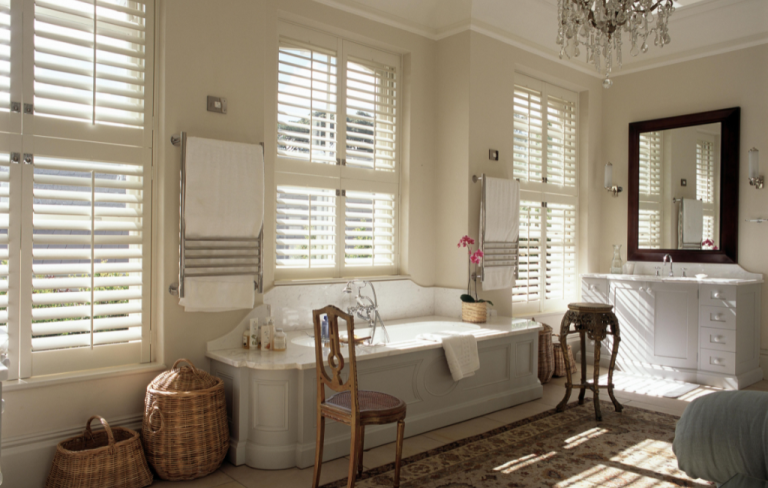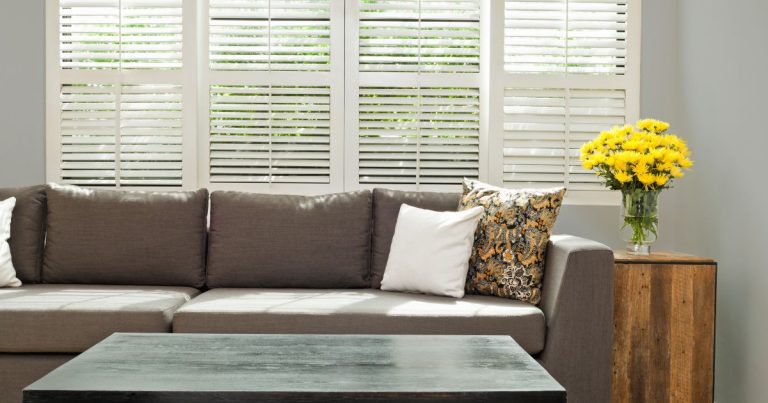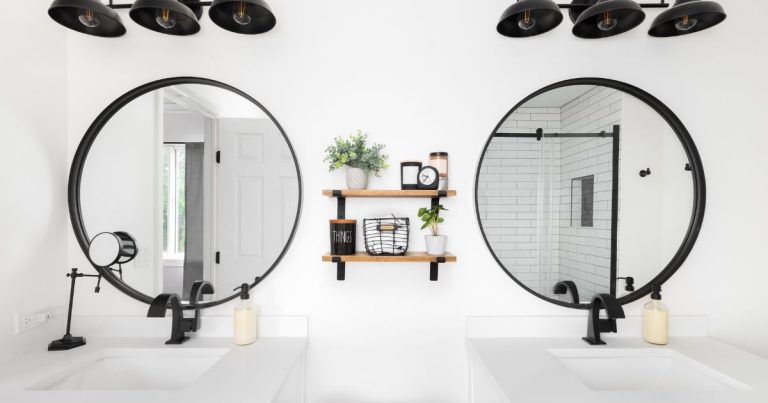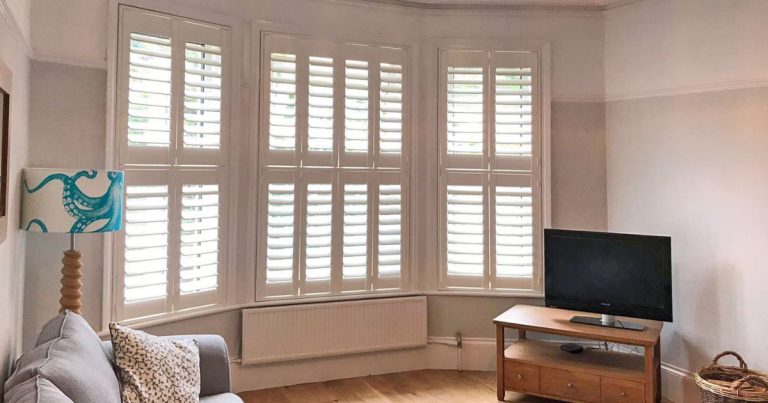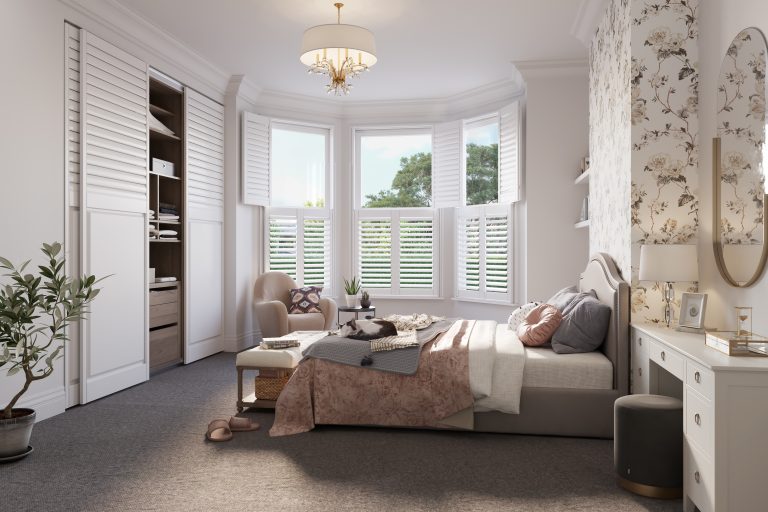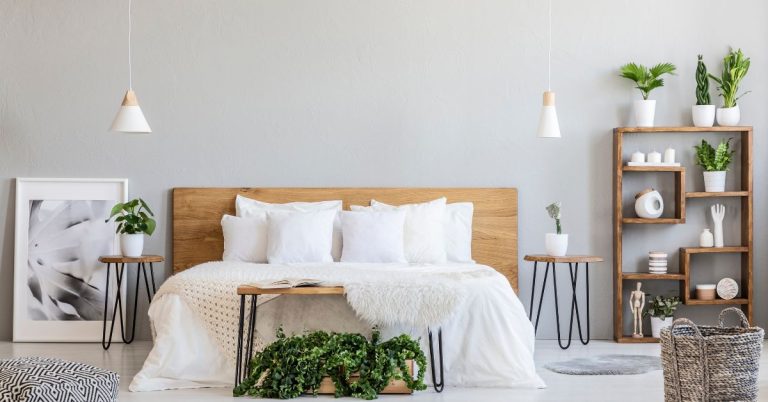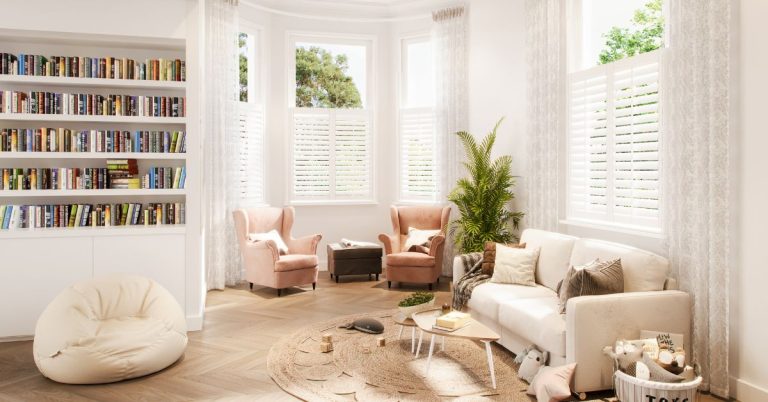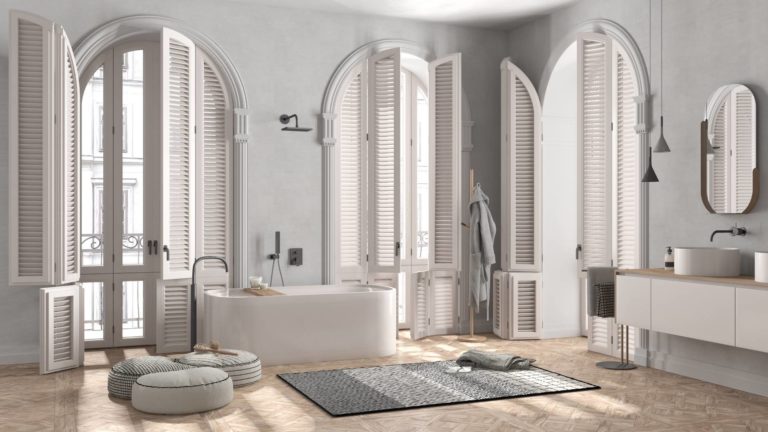Now is the time that everyone is looking to make their property more sustainable and eco-friendly, with home improvements surging in popularity in recent years. In fact, 63% of homeowners plan to make sustainable improvements over the next ten years; and this is a trend that has been steadily growing, as between 2011 – 2023, 4.1 million energy-efficiency measures were installed in 2.7 million properties through various government support schemes.
This is in part due to the rising cost of energy bills, as many households across the UK are looking at ways to curb their usage. Also, government regulations, including changing EPC regulations, have meant that homes are now required to be making these types of changes going forward as the country aims to meet its 2050 net zero targets.
In this guide, we’ll walk you through our 10 top tips for making your home more sustainable.
1. Understanding your energy bills
The first step is knowing more about your current energy and electricity usage and the associated costs. This will provide a better understanding of what techniques you can use to reduce usage and ultimately save money.
Alongside your regular payments, it’s important to know when the prices of bills are likely to be reviewed. The Energy Price Cap, the maximum price that can be charged for a unit of energy, covers around 28 million UK households in England, Wales, and Scotland and is set every 3-months by Ofgem, the leading energy regulator. Being informed about things like this helps you to have more control of your finances and allows you to plan around potential changes.
Also, it’s vital to be savvy about how other households are curbing their costs and energy. Air fryers have experienced increased demand, as they save up to 84% more energy than ovens. Elsewhere, other home appliances, such as washing machines, dishwashers, tumble dryers, and lighting, may be costing you more than you might think.
By considering your usage, your energy supplier, the cost of bills, and day-to-day appliance choices, you can save costs all while reducing your carbon footprint.

2. Install solar panels
In most cases, solar panels are thought of almost instantly when people think of making their homes more energy-efficient. By opting for these measures, homeowners can generate their own electricity, reducing the amount of energy required from the National Grid, and therefore lowering energy bills.
This is an investment that may initially involve footing a higher cost, but it will undoubtedly save money in the long term – and research has suggested that costs have actually dropped by almost 90% over the past decade. New findings have also shown that it takes roughly eight years to pay back solar panels in some regions of the UK meaning that solar panels can not only help you save in the short term but can also deliver a great return on investment in the long term.
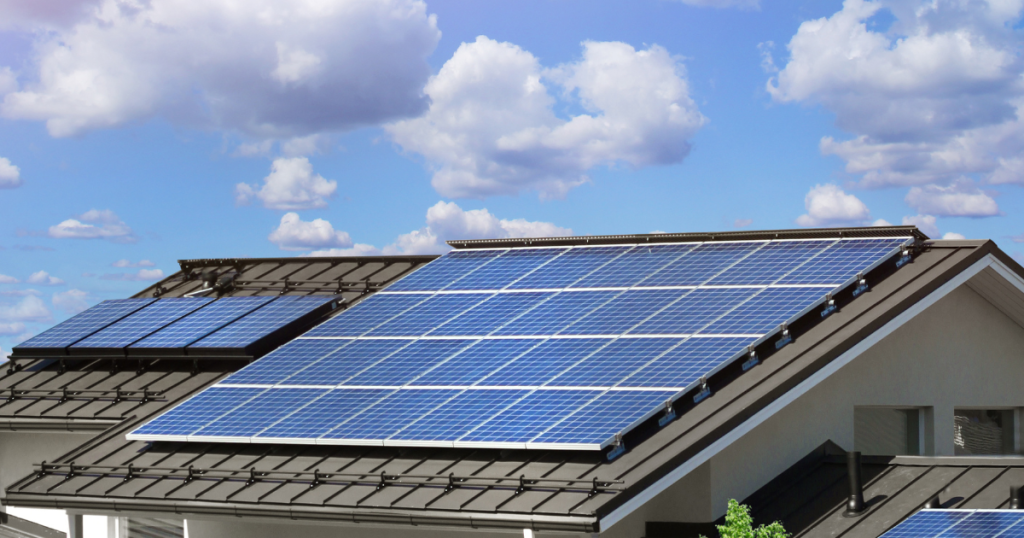
3. Improve your insulation
Do you feel the cold in the winter months? Then it might be worth upgrading your property’s insulation. Using insulation pipes and draft-proofing measures helps homeowners retain heat in walls, floors, and windows.
In helping to reduce heat escaping the property, costs and energy usage will inevitably fall as a result. Recent research has shown that insulating your home can save up to £630 – £730 annually on energy costs. Not only that, but it also helps to increase the value of your home, meaning it’s a valuable long-term investment that goes beyond just keeping your property warmer in the colder seasons.
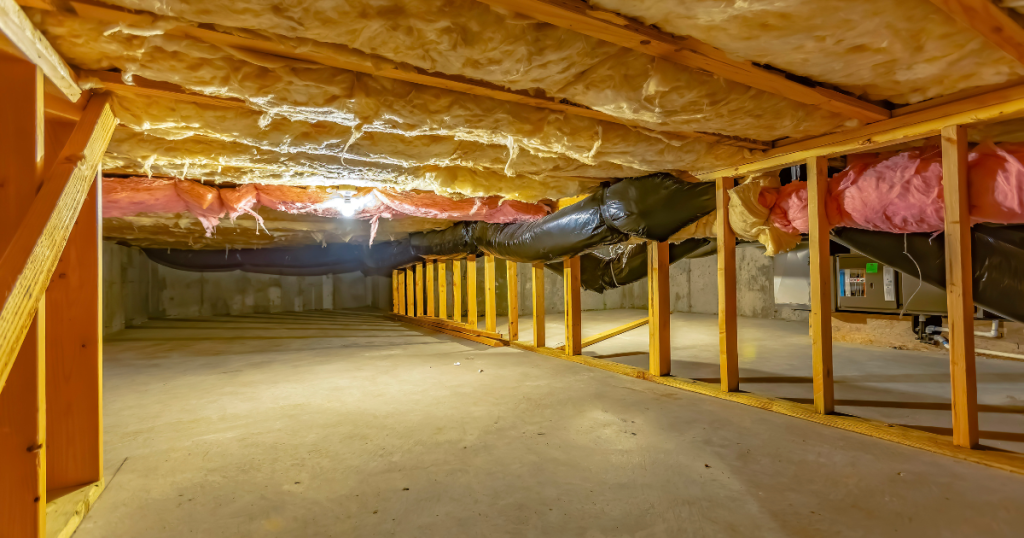
4. Retain heat with double glazing
Did you know that older windows can be a significant contributor to higher energy costs? Windows typically accounts for 18% of heat loss across an entire property.
Double glazing is a great solution in preventing this from happening, as it can lower bills all while helping to maintain temperatures during the colder months. And most importantly, it significantly helps you to reduce your carbon footprint as there will be less of a dependence on switching on your heating.
Other benefits mean that homeowners can reduce noise pollution, prevent mold and dampness, and increase security, all while adding value to the property.
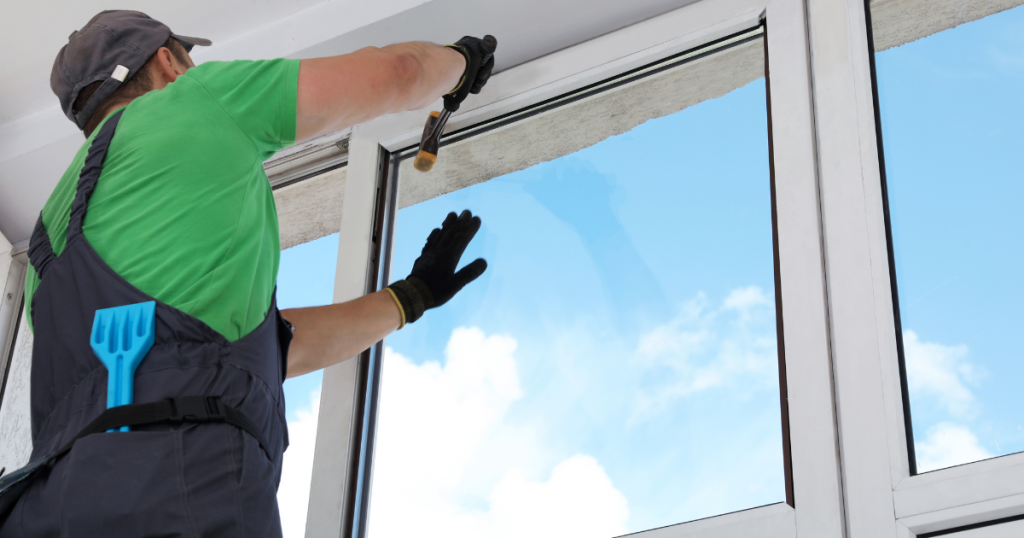
5. Switch to energy-efficient lighting
With electricity costs still high, one of the best ways to reduce regular bills is to install energy-efficient lighting such as light emitting diodes (LED) lights and fluorescent lamps (CFLs). After all, a 50-watt halogen bulb can save homeowners up to £4 with each bulb.
It might also be worth considering dimming your lighting, as it has been proven to save up to 20% on your electricity bill. However, in doing so, it could be more difficult to light your space more optimally.

6. Invest in low-carbon heating systems
Heat pumps are a great energy-efficient way to generate warmth in your home. They typically take heat energy from a colder area, which is then used to heat your property.
In 2022 alone, 55,000 were sold across the UK and the government is aiming to have 600,000 heat pumps installed by 2028.
However, they can be a significant lump-sum payment for many as it can be around 9% more expensive than an efficient boiler. To inspire more homeowners to install low-carbon heating systems, the UK government’s Boiler Upgrade Scheme (BUS) has been implemented. One year after the scheme was introduced, it had saved 17,000 tonnes of CO2 emissions and 4,600 households had replaced their gas boiler with a gas pump.
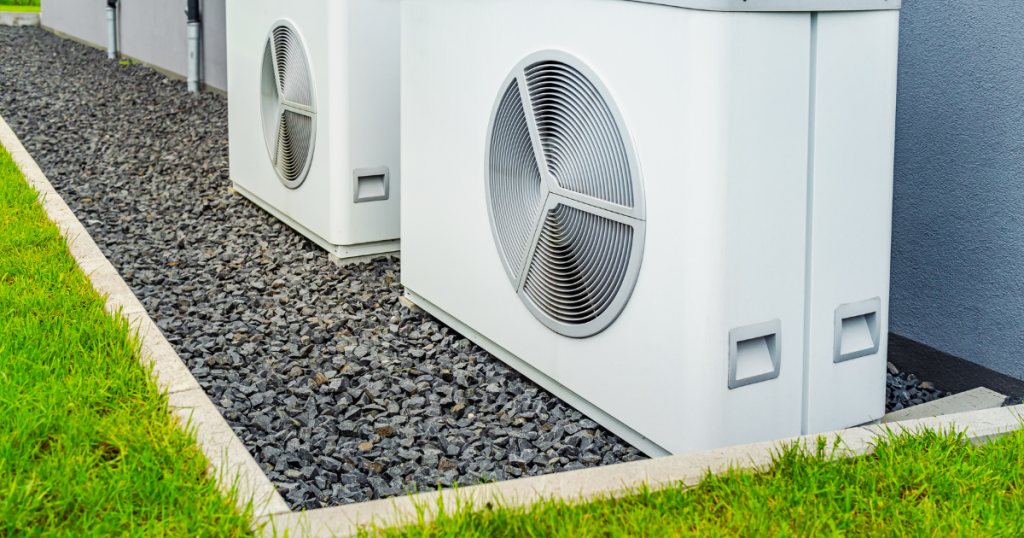
7. Start using smart technology
Embracing energy-saving technology can be a great way to feel more in control of your spending, all while knowing you’re helping the planet.
Smart metering will continuously allow you to understand your current energy usage – offering people information in real-time, rather than finding out at the end of the month. This could allow for small changes to offset your usage if it’s high for a particular day, such as switching to a cold wash on clothes.
Elsewhere, smart thermostats help homeowners reduce the use of their boilers and give them the ability to check they’ve turned them off when out of the home. Also, having more insight into the temperature of the property can mean that you can make adjustments like turning your thermostat down by a couple of degrees.
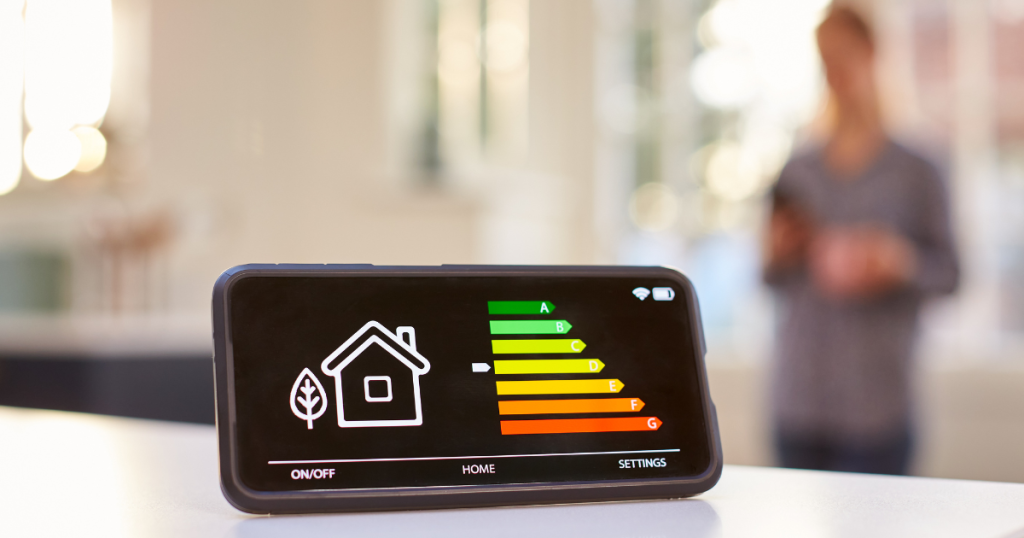
8. Research local and sustainable suppliers
When deciding on which suppliers and contractors you wish to use, such as electricians and builders, it can be wise to choose local. Doing this helps to reduce your carbon footprint as it means products are less likely to have long distances to travel to your property.
These suppliers may also have some more knowledge about restrictions or regulations specific to your area and can give you recommendations about other nearby suppliers. It also allows you to support your local economy, which could help to inspire more businesses to open in the neighbouring area.
It may also be worth shopping around on comparison sites to look at the benefits of each supplier. Some may be more cost-effective, whereas others might have better sustainability credentials and incentives.
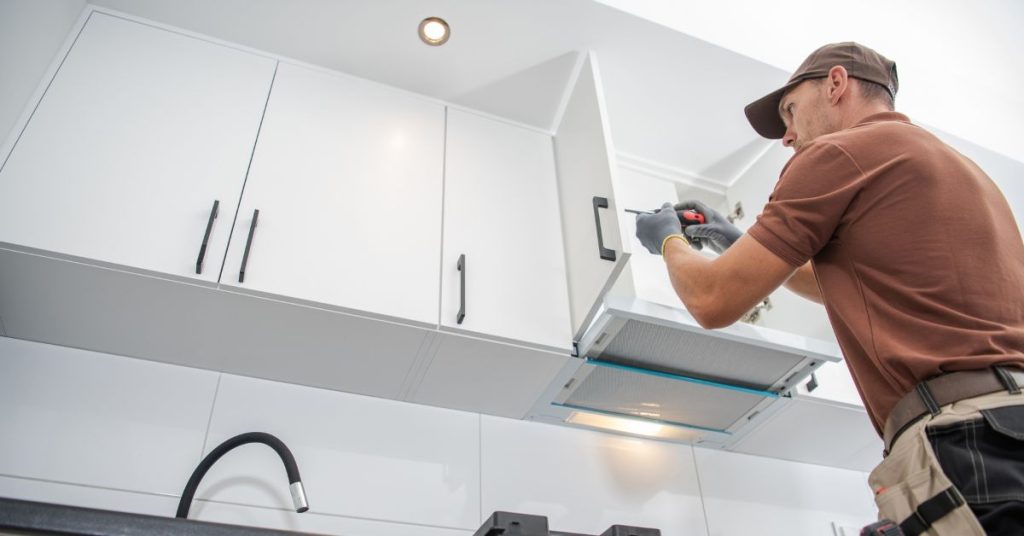
9. Source environmentally sound materials
Another thing to consider when making your property more sustainable is checking how environmentally friendly furniture and decorations are when buying them. This can include being conscious of the materials, the manufacturing process, where it was made, how long it has to travel, and the company that is selling it.
Meanwhile, repurposed materials help to take items that have been previously used but have been given a new lease of life. Not only is this less wasteful as there isn’t an increased need for new materials, it is more cost-effective in the long run.
Sustainable furniture is now hugely desirable in the market, with up to 60% of people saying they would pay 5% – 10% more for home furnishings certified to be environmentally safe.

10. Maintain heat with shutters
Made-to-measure shutters can help homeowners retain heat, through increased insulation, especially during winter. During summer, they act as a great way of keeping properties cool by shutting out light.
As shutters are made from thicker materials when compared to traditional curtains, it means they help to keep out the colder air from entering your property. Investing in shutters can provide great long-term energy saving benefits, whilst also boosting the aesthetic and value of your property.
They can add a degree of privacy, as you can tilt shutters so that the view is obscured and they also allow you to control the lighting of your rooms.
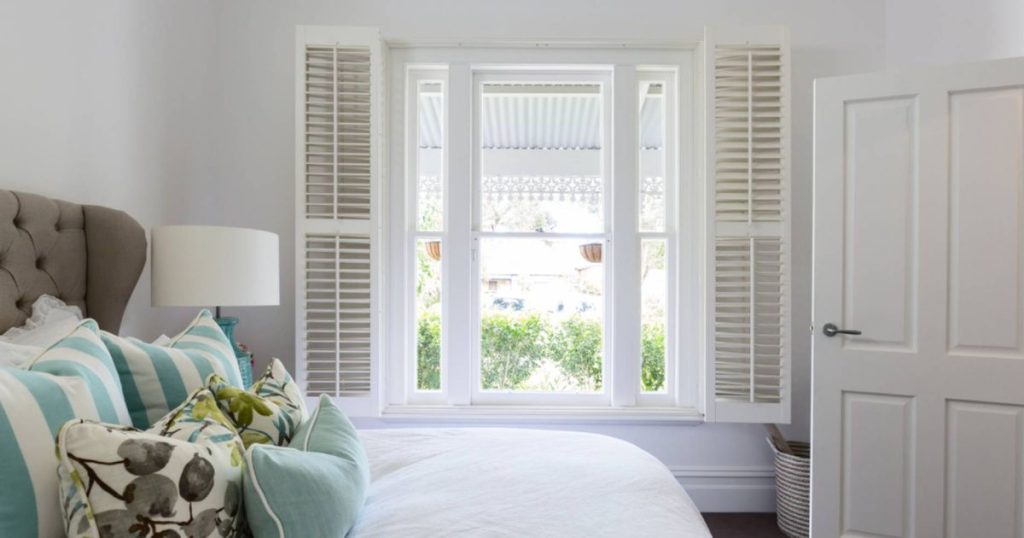
Choosing a responsible shutter supplier
Home improvements, no matter how big or small, can make huge savings in the long term.
Our shutters help to provide increased insulation and work alongside other energy-efficient measures within your home such as solar panels, heat pumps, smart technology, or double glazing.
As a responsible retailer, Shuttercraft provides sustainably sourced products. With a network of local experts, you will be able to find an installer local to you helping to reduce your carbon footprint.
With every shutter we sell, we contribute to environmental conservation via our Tree Planting Initiative, Ecologi. From 2019, we have been B-Corp Certified and since 2022, we have funded the planting of over 7,000 trees.
Get in touch with us today to find out more about our services.


 Search
Search


 10 Year Warranty
10 Year Warranty
 Trusted Quality
Trusted Quality
 Made to Measure
Made to Measure

